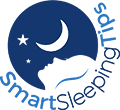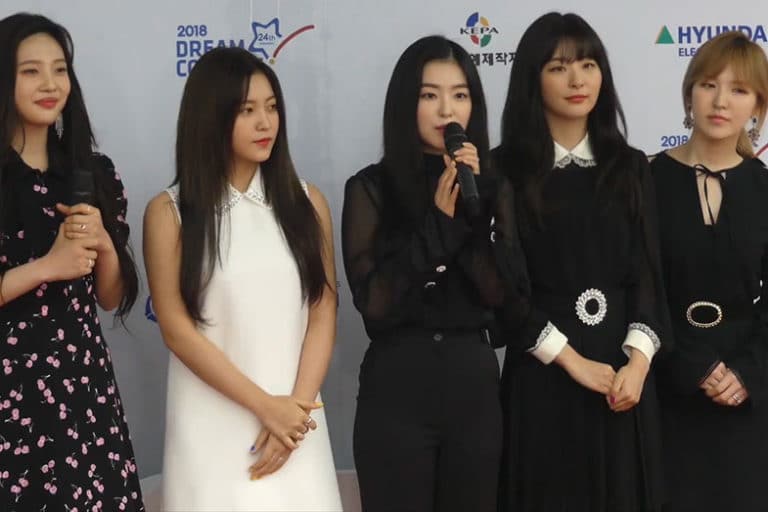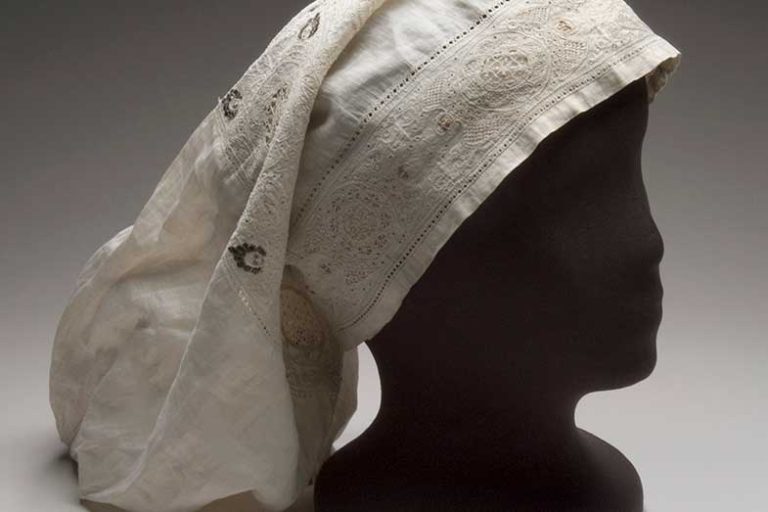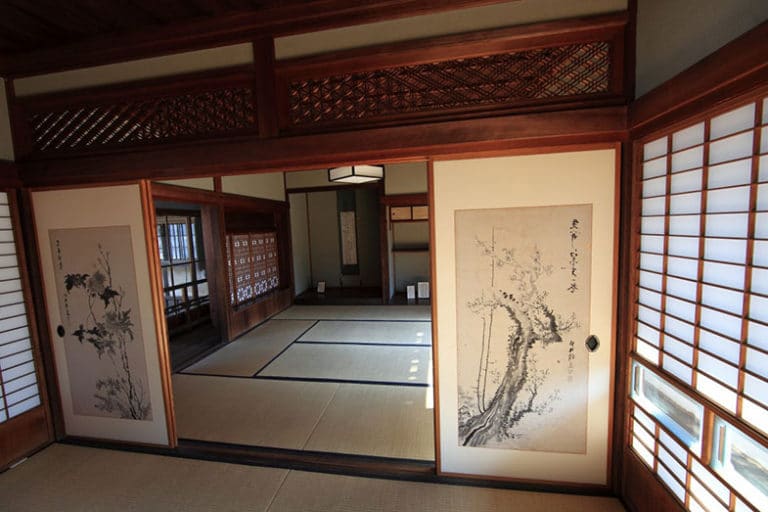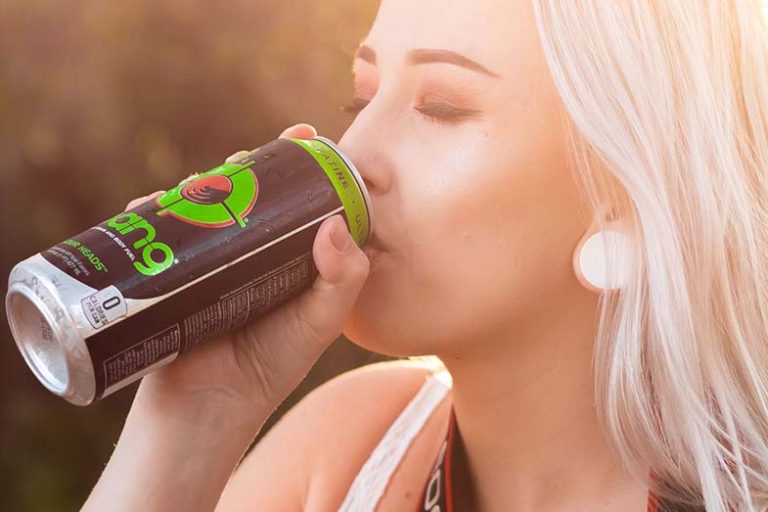Can Head Lice Live On Pillows And Sheets?
Disclosure: We may get commissions for purchases made through links in this post.
It can get both frightening and stressful if your family gets afflicted with the dreaded head lice. To know what to do, especially during an outbreak, it’s best to understand how lice live and what you can do to avoid lice infestation in your home.
Lice are parasitic in nature. They need a host for them to survive and propagate. The human scalp is the only environment where lice can live. They can’t possibly live on other surfaces like hats, furniture, scarves, carpet, pets, etc. The human hair has been their home for hundreds of thousands of years. It’s where they get food and multiply. In fact, they have naturally developed six claws mainly to easily attach to human hair, particularly the scalp, which they pierce to sip blood. They eat multiple times a day, but they can’t possibly survive without a human host for over 24 hours.
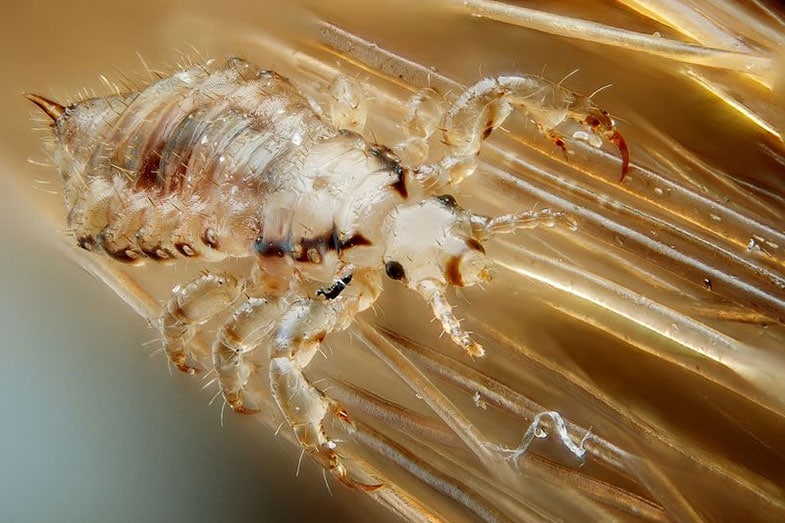
Can Head Lice Live On Pillows And Sheets?
If you constantly clean every corner of your house because you don’t want such pests around, you might be wondering whether parasites like lice can live on your house items like pillows and sheets. The answer is yes and no. Lice actually do not just fall on your sheets, pillows, and other beddings. It’s your hair that falls, and some lice may be attached to those hair strands.
Moreover, the thought that lice can jump from one person to another is a sheer myth; head lice cannot jump or fly because they do not have hind legs or wings. Lice may survive up to 24 hours while away from the human scalp. The warmth of humans gives them the heat they need to gestate. Thus, they might stay alive on your beddings for up to 24 hours while possibly waiting for another human to come into contact with them. This is why it’s important to change or clean beddings regularly.
Types of Lice
There are three types of lice, depending on which area they mostly feed. They include the head lice, body lice and pubic lice. Head lice are mostly found on pillows and sheets. The head lice are about 2.1 to 3.3 mm in length when it is fully-grown. The lice attach to the hair shaft and deposit their eggs at the bottom of the shaft.
Origin of Head Lice
Head lice do not come from the ground or the air. The eggs are known to exist naturally in the environment. Archaeologists have found eggs on the hairs of some of the Egyptian mummies. This shows that the head lice existed from a long time ago.
Lice can be caught from sharing pillow or bed sheets. Lice may fall off the hair of an individual who has lice and the lice rest on the pillow and deposit some of their eggs. A second individual may be infected if they encounter this pillow.
It may be worth trying out a shampoo such as the Honeydew Head Lice Treatment Shampoo (view on Amazon).
The Life Cycle of the Lice
The lice are able to survive for up to 30 days while attached to the host. It takes 7 to 10 days for the eggs to hatch and become adult head louse. Another 7 to 10 days is required for the maturation of the louse to produce eggs. The adult lice attach their claws on the shaft of the hair where they thrive and survive.
Can The Head Lice On The Pillows Transmit Disease?
Although most people assume that head lice are trivial nuisances, a scientific study conducted shows that the lice do transmit disease. The scientific study revealed that the head lice are from the same descendant as the body lice. This family has been associated with the spread of diseases such as relapsing fever and typhoid. Lice have the potential to transmit the disease just like the notorious body louse.
Lice can spread very fast from one individual to the next, so if someone has lice in the family or you’re sharing bed with someone who has lice, it’s best to go for lice treatment.
Treating Lice
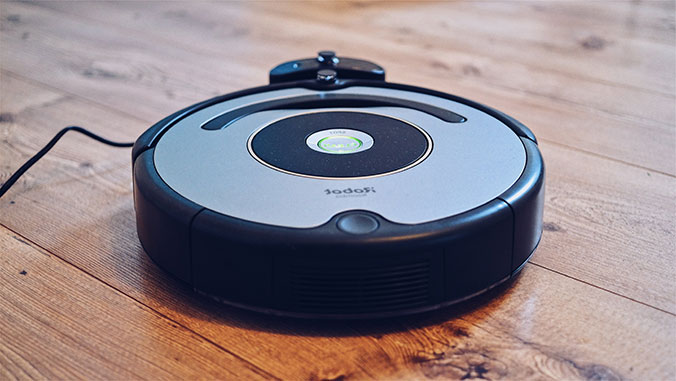
If your child has lice, you do not have to fumigate the whole house or rid it of anything fabric. Just make sure to wash the beddings, clothes, towels and dry them in high heat. Also, put the stuffed toys on the dryer for around 20 minutes to kill lice and nits. Don’t forget to wash the comb, brush, or any hair accessories used by the person with lice. You can wash them in hot water (minimum of 130 degrees). You may also wash other items where the person with lice has possibly put his/her head on, like hats, car seats, backpacks, etc.
The safest way to treat head lice found on pillows and bed sheets is by vacuuming. It is important to vacuum any fallen hair that may be found on bed sheets or pillowcases or any other bedding. For an efficient way to vacuum your mattresses and pillows, checkout the BLACK+DECKER dustbuster Handheld Vacuum (view on Amazon).
Another alternative is pesticides. They are very effective in destroying the lice themselves and their eggs. The only downside is that pesticides have serious environmental concerns and may be hazardous to humans or pets. Currently, there are over the counter treatments in the market that can destroy the lice from the pillows or bed sheet. However, these may not be eco-friendly options. Also, the NPA is against using pesticides on pillows or sheets used by individuals who have a pre-existing illness such as asthma, cancer, brain tumor or AIDS. Pregnant mothers and infants are also vulnerable to the side effects of chemical treatments.
The good thing is there are natural remedies, which are claimed to help control the spread of lice. Through the use of natural herbs and homemade mixtures, head lice can be controlled at home. However, there is no scientific basis for their efficiency. There is also no research done about the safety of using these natural methods.
It’s important to find the best alternative to remove all the lice and eggs and disinfect all surfaces that the individual has come in contact with.
Helpful Tips about Treating Lice with Chemicals
- Do not use an extra amount of chemical in an attempt to kill the lice faster. Too much may become toxic and can even result in death. On the other hand, using too little quantity can make the chemical less effective.
- Keep the lice medication away from the eyes. In case of contact, rinse them right away with warm water and seek medical attention if discomfort continues.
- Do not clean infected pillows or sheet more than three times if the treatment is not effective. The lack of efficacy could be caused by the lice being resistant to the chemical or by using the chemicals incorrectly.
- Avoid mixing different chemicals on one sheet or pillow. The chemicals may interact, producing a toxic substance.
Procedure of Checking For Head Lice
- The first step is wearing sterile gloves. This will prevent the individual from contracting an infection from the head lice and manage the spread of diseases such as impetigo.
- Using disposable wooden sticks during screening is efficient for multiple analyses of several pillows. The sticks are used to separate the strands of hair and since they’re disposable, it’s a hygienic way.
- A nit comb is used for a thorough examination of the infected pillow.
Verification of a Successful Treatment
An individual who has been treated for head lice can still have the lice in their body despite the treatment. The ultimate method of determining whether the patient has been treated for head lice is by doing a manual screening. The screening will confirm that the lice are no longer a threat.
How to Screen For Lice
Screening can be done using a fluorescent light. The light is able to illuminate the lice and their eggs. Screening helps to remove the lice that have remained after vacuuming the pillow or the sheet. Eggs cannot be seen easily using natural light. This is why a fluorescent light is used. Alternatively, you can use a magnifying glass to check for nits. For a conclusive analysis, a Lice Master comb can be used. This comb is used to collect nits from the hair.
When screening, it is important to be very careful. It is easy to confuse lice eggs with hair debris. A Critter Card has images of nits. The card also comes with instructions and a detailed explanation to help you distinguish between nits and hair debris.
Advantages of Nit Comb
- The comb is precision spaced with teeth that are permanently sealed into a plastic handle. This is to ensure that nits do not accumulate in the grooves on the handle. The aim of the precision space is to be able to collect the tiny eggs.
- The handle is smooth and has no jagged edges, in order to prevent the comb from snagging when combing damp or dry hair.
- The nit comb is a safe and effective alternative to chemicals or pesticides.
- The comb is eco-friendly and reduces exposure to harmful pesticides.
- Resistant lice can be removed using a nit comb.
- The nit comb is very cost effective and no money is spent on regularly buying the insecticide and other alternatives. The tool is also durable and have been proven to last for many years.
- The tool helps in early screening and reducing the lice infestation.
Can Pets Get Head Lice?

It is impossible for pets to get lice. The lice are dependent on human blood. If a cat or a dog is exposed to an infected pillow, it will be impossible for them to get affected by the lice. The pets, however, can carry the eggs and transfer it to another individual. However, the probability is very low.
Conclusion – Can Head Lice Live On Pillows And Sheets?
In conclusion, lice can be found on pillows. The eggs can be deposited on the pillowcases or the bed sheets. However, these lice can only survive for 24 hours without the human host. During this time, they can actively cause an infestation if they are exposed to an individual’s head. It is essential to treat all sheets and pillows if you suspect lice infestation. Screening should be done to ensure that the lice and the eggs have been removed completely.
